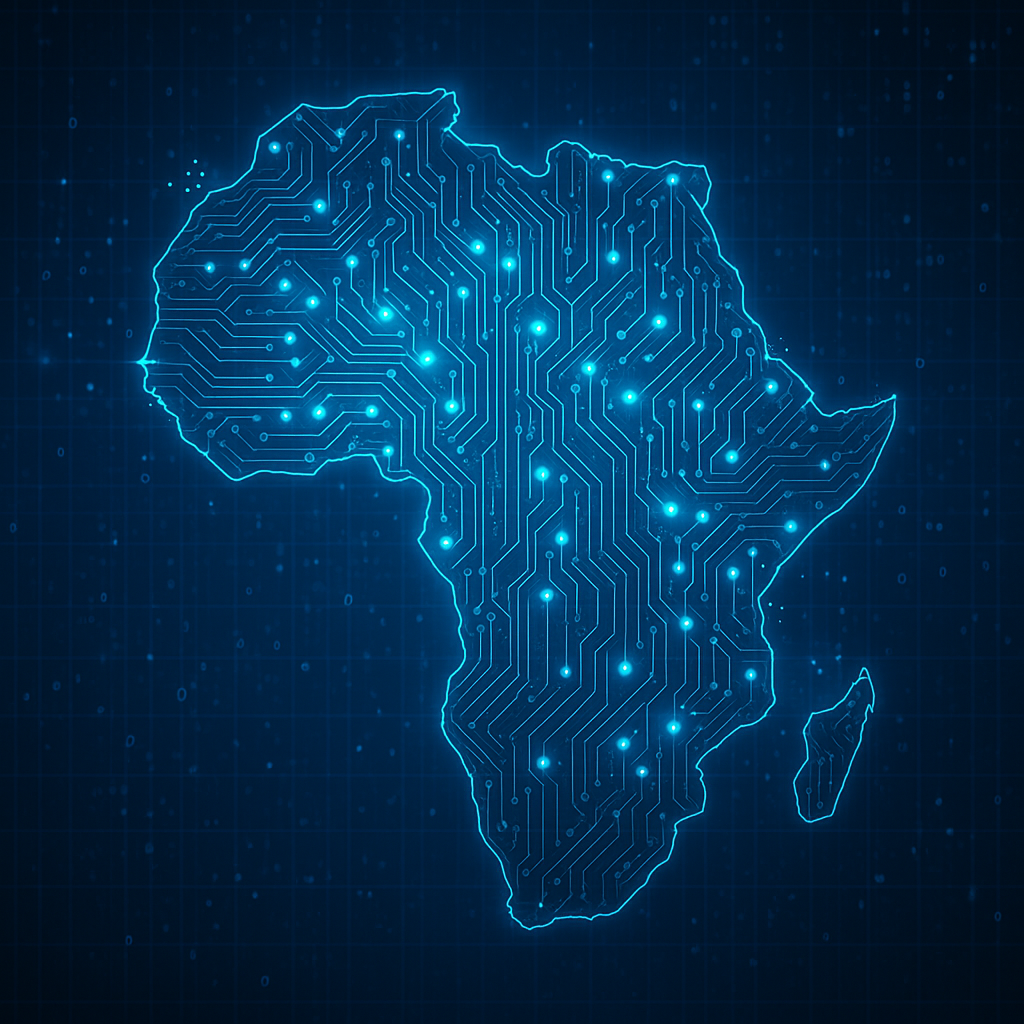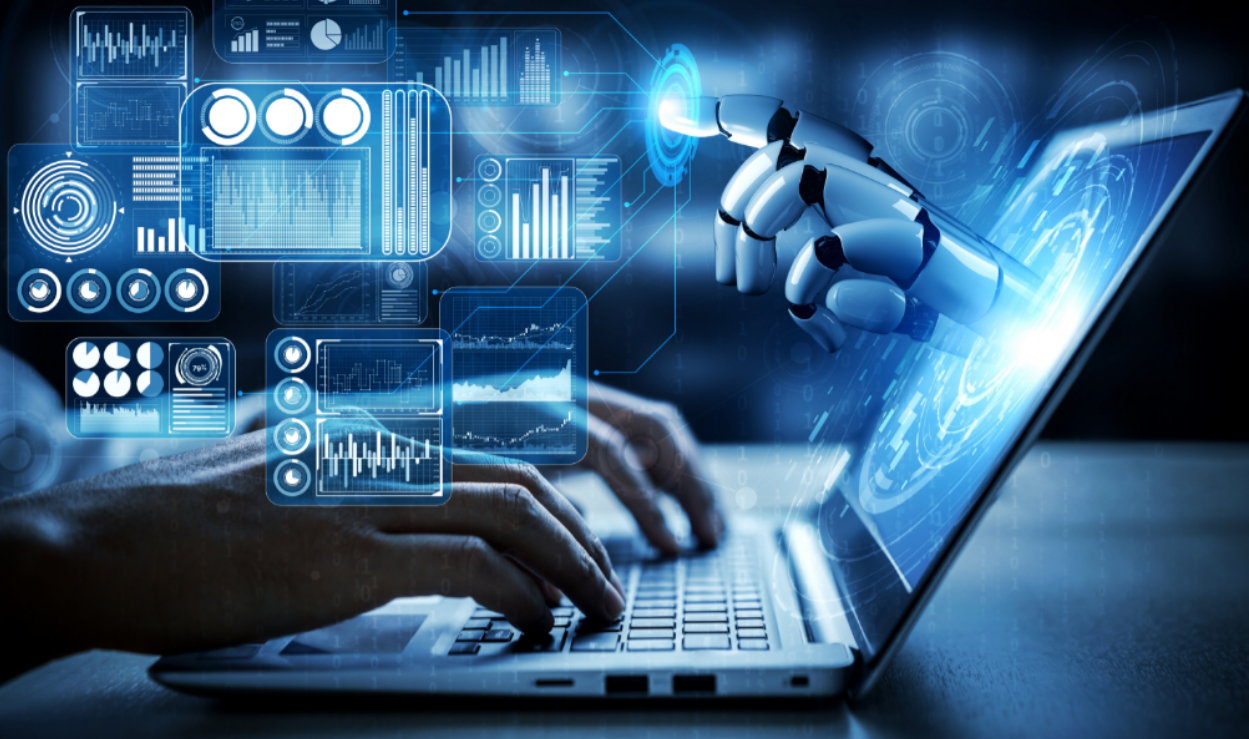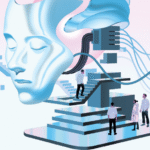In the future of AI, workers who use artificial intelligence will outcompete those who don’t. Experts highlight that AI will not directly replace people; instead, “humans with AI” will have a clear advantage over “humans without AI.” We explore the implications, with examples in healthcare, education, finance, and customer service, referencing Forbes, Harvard, McKinsey, WEF, and others to explain why adopting AI tools is essential for staying competitive in today’s job market.

Imagine a doctor using AI-assisted diagnostics or a teacher using AI to customize lesson plans. These professionals aren’t being replaced by machines; they’re becoming more effective. As Harvard Business Review summarizes, AI acts as a “cognitive accelerator” that reduces the cost of thinking, similar to how the internet lowered the cost of sharing information. In simple terms, everyone agrees: AI tools enhance human abilities. The popular saying is, “AI won’t replace you, but a person using AI will replace someone who isn’t.” This doesn’t mean AI is some kind of magic replacement robot; it means that people who learn and use AI tools on the job will be more productive, creative, and efficient than those who don’t.
In this article, we clarify the phrase “Humans with AI will replace humans without AI.” We draw on research and expert insights to show why workers who collaborate with AI have a competitive edge. Real-world examples from healthcare, education, finance, and customer service demonstrate how AI helps humans achieve more. We will also address common concerns (“will AI replace my job?”) with consensus from sources like McKinsey and the World Economic Forum: the future belongs to human-AI partnerships. Finally, we’ll offer suggestions for how you can start experimenting with AI tools yourself.
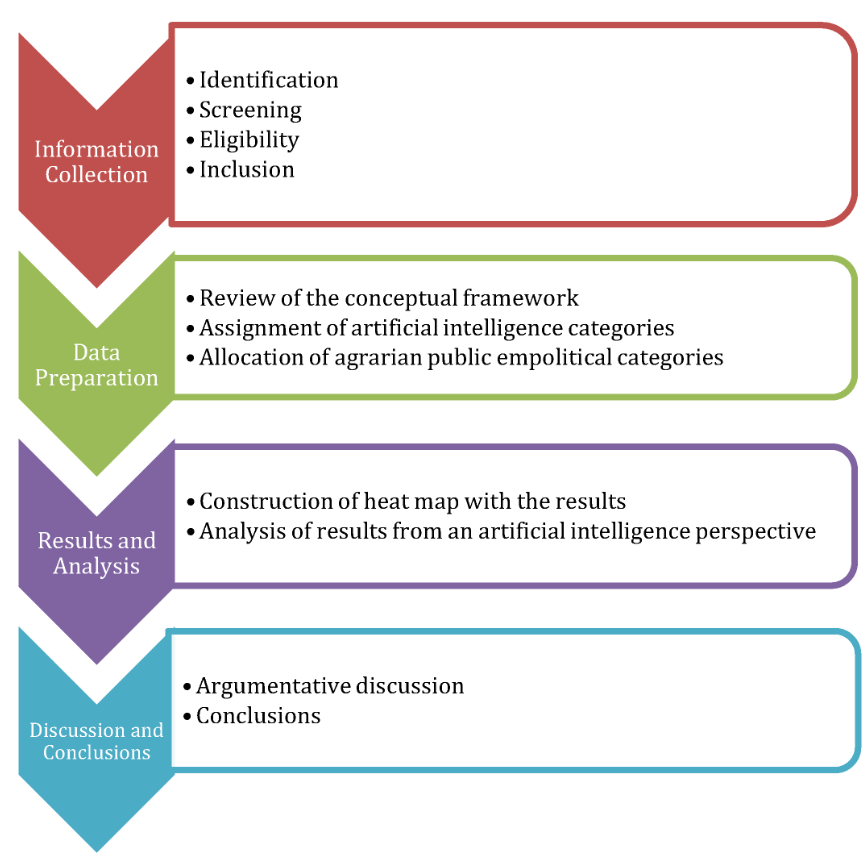
Why “Humans with AI” Have the Edge
Not all jobs will disappear due to AI, but the nature of work is changing. Modern AI systems excel at tasks that require speed, scale, scope, and complexity—areas that are difficult for a single person to match alone. For example, AI can analyze millions of data points in seconds (scale) or draft text in moments (speed), well beyond human capability. It can also combine numerous skills at once (scope)—like writing an essay and coding—tasks that no single worker usually performs. AI’s complex models (sophistication) can identify patterns people miss, such as predicting protein structures or customer behavior.
Experts say understanding these “4 S’s” is crucial. A recent analysis notes that AI will sometimes underperform compared to humans, but wherever AI has a clear advantage in speed, scale, scope, or sophistication, it will be utilized. In practice, this means that routine or data-heavy tasks will be assigned to machines, while humans will focus on other aspects. In short, workers who learn to collaborate with AI can manage more tasks, make quicker decisions, and spot errors—resulting in a noticeable boost in productivity.
Key takeaway: AI won’t make humans obsolete; it will enhance our capabilities. Workers who adopt AI tools can automate tedious tasks and gain insights from data, allowing them to concentrate on creativity, empathy, and strategy—strengths that AI lacks.
Real-World Examples by Industry
Healthcare
In medicine, AI is already a valuable aid for clinicians. For instance, hospitals use AI-assisted scribes and voice-recognition tools to manage paperwork and patient notes, reducing hours spent on data entry. A Harvard Business School report finds that many providers are “turning to AI” to ease physician burnout. The benefits are clear: AI systems can automatically transcribe visits and highlight medical codes, enabling doctors to spend more time with patients instead of typing notes. In one study, using AI scribes significantly cut documentation time and improved doctors’ attention to patients. In diagnostics, radiologists and pathologists use AI image-analysis tools to flag areas of concern on scans or slides, speeding up diagnoses. In summary, a doctor with AI support can see more patients, catch diseases earlier, and provide better care—while an overworked clinician without these tools falls behind.
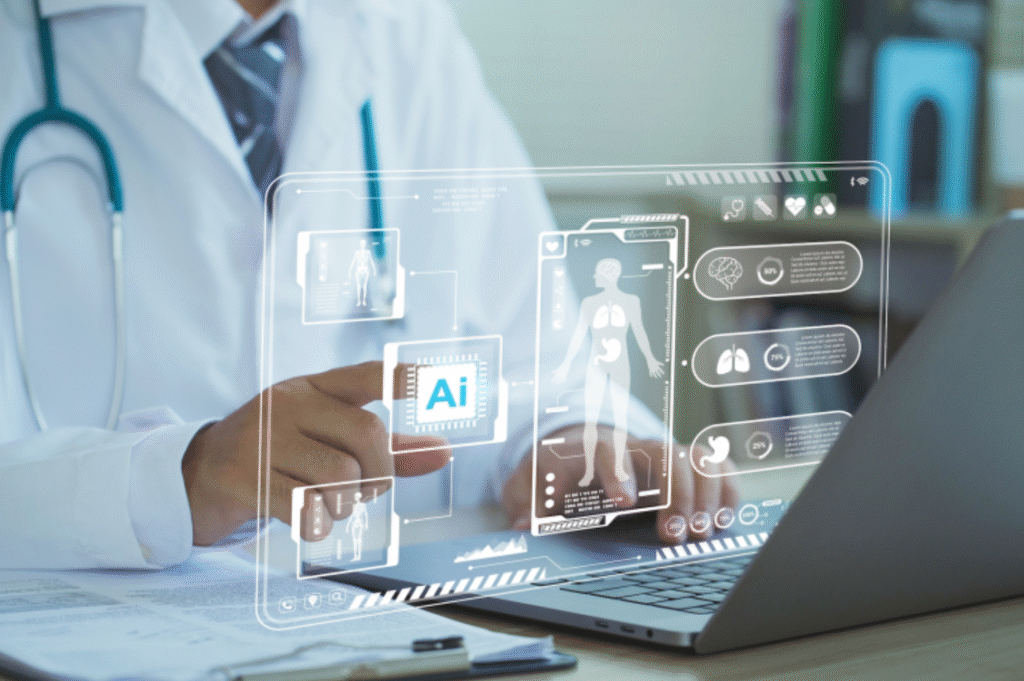
Education
Teachers and students also benefit from similar partnerships with AI. AI-driven learning platforms can tailor lessons for each student. For example, Squirrel AI’s adaptive learning system has improved student accuracy on test questions from 78% to 93% by adjusting problems to individual needs. In real classrooms, AI can instantly grade multiple-choice quizzes, analyze which topics students struggle with, and generate customized practice exercises. The World Economic Forum reports that about 60% of teachers already use AI for routine tasks like grading and tracking progress. Freed from some administrative duties, educators can focus on mentoring and designing creative lessons. The WEF notes that AI systems handle data-heavy tasks (like scanning thousands of answers) while human teachers provide emotional support and guidance. Together, the teacher-plus-AI team delivers richer learning: personalized content at scale combined with the empathy that only a human mentor can provide.
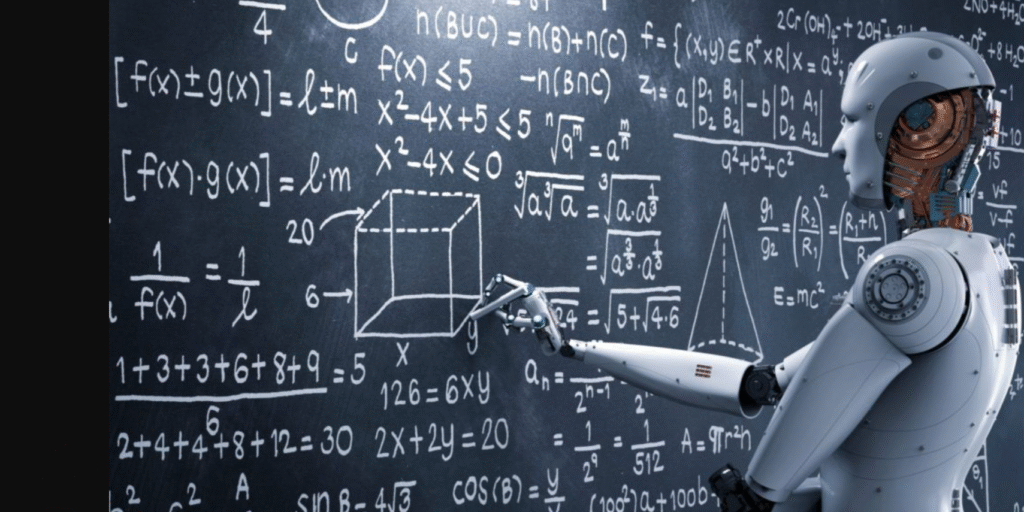
Finance
Banks and financial firms are another industry where AI is reshaping jobs. AI-powered analytics process market data and customer trends much faster than any analyst could. For instance, banks now use AI to generate personalized financial advice for clients and to identify risky loans early. McKinsey reports that one large bank employs AI across the organization to improve efficiency and profits. Even more striking: a recent McKinsey case study found that when software developers at a regional bank used AI coding assistants, their coding productivity jumped by about 40%. Over 80% of those developers reported that AI made their work easier. In practice, this means a financial analyst or coder working with AI can run complex models and write applications much more quickly. In contrast, a colleague performing the same tasks without AI would take longer and yield less. Thus, in finance, as in other areas, enhancing human expertise with AI analytics or automation tools leads to significantly better outcomes than working alone.
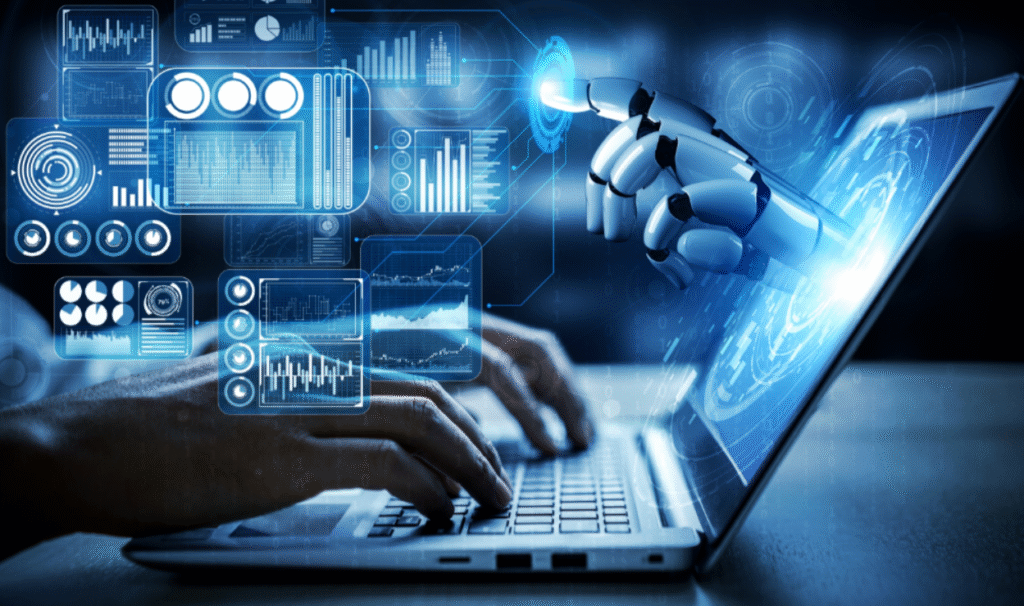
Customer Service
Customer support has also experienced significant gains through AI. Chatbots and AI recommendation engines now handle basic questions (like order status or password resets), allowing human agents to spend time on more complex issues. Research from the National Bureau of Economic Research highlights the impact: customer service agents using a GPT-based AI assistant were about 14% more productive than those without it. In that study, the AI tool suggested responses to agents, who could choose to accept or modify them. The result was more issues resolved per hour without compromising quality. Interestingly, the largest gains were seen by newer or less experienced agents (their productivity jumped 35%) since AI helped them learn the best responses modeled after experienced staff. In essence, AI allowed less skilled workers to “borrow” the expertise of top performers. For customer service, this means a representative with an AI assistant can serve more customers, keep them satisfied (fewer transfers to supervisors), and learn faster. A customer representative without AI simply cannot match that efficiency.

The Human-AI Collaboration Advantage
All these examples demonstrate that AI is a tool, not a replacement. Humans possess qualities—like critical thinking, empathy, creativity, and domain knowledge—that AI cannot replicate on its own. For instance, in education, teachers interpret social cues and motivate students; in healthcare, doctors empathize with concerned patients. AI systems excel at data-intensive tasks, while humans make final decisions. The real strength comes when those advantages work together: AI processes the data, and people provide insights. As the World Economic Forum puts it, “the real magic happens when [human and AI] strengths are combined.” This teamwork creates a “super-skilled” workforce. A marketing team using AI can analyze customer trends instantly while humans write compelling ads. An accounting team with AI can reconcile transactions automatically while accountants concentrate on financial strategy.
In summary, individuals who learn to use AI tools distinguish themselves. They produce higher-quality work faster. They can manage data at an unprecedented scale and use their saved time for innovation. On the other hand, professionals who ignore AI risk falling behind their peers who adopt it. Harvard’s Karim Lakhani stresses this idea: leaders must empower all employees—not just tech specialists—to explore AI. Companies that do this establish a competitive advantage. McKinsey’s research supports this view: they find that employees are eager to embrace AI and believe it will automate parts of their jobs, so businesses should promote AI skill-building now. The real risk isn’t the technology itself; it’s the failure to adapt quickly enough.
Getting Started: How to Leverage AI
The good news is that you don’t need specialized training to start benefiting from AI. Many AI tools are easy to try. For example, ChatGPT (by OpenAI), Google Bard, and similar chatbots can help you draft emails, write reports, brainstorm ideas, or summarize information in seconds. Writers can use AI writing assistants to refine language; analysts can use AI to sift through data or create charts. Even simple features like email reply suggestions or smart calendars are powered by AI. Here are a few steps anyone can take:
- Experiment with free AI chatbots. Ask a chatbot to help draft an email, plan a presentation, or answer a challenging question. Notice how it speeds up everyday tasks.
- Use AI in your existing tools. Many apps (like Microsoft Word, Google Docs, or Slack) now include built-in AI features (such as writing suggestions or smart replies). Try them out to save time.
- Learn an AI-powered skill. Take an online tutorial for an AI tool relevant to your field—for teachers, it could be an adaptive learning platform; for analysts, a data visualization AI, etc. Even a small new skill can improve your efficiency.
- Stay curious. Follow reliable sources (like Forbes, McKinsey, or industry blogs) about AI trends. The more you know about AI developments, the better prepared you’ll be to use them.
By taking these steps, you’ll join the growing number of professionals who view AI as a positive force. A Forbes Advisor survey revealed that most business leaders believe AI will boost productivity and strengthen customer relationships. In other words, early adopters are already seeing benefits.
Therefore don’t fear AI but embrace it. The future of AI is not humans versus machines, but humans working with machines. As experts conclude, those who adapt to AI will thrive. So begin exploring AI tools today—it’s the most practical way to future-proof your career and contribute to your organization’s success.
Trusted analyses from Harvard Business Review, McKinsey, the World Economic Forum, and others inform these insights. They show that AI is reshaping work, but humans remain central—especially those who use AI effectively. Keep learning and experimenting, and you’ll turn “humans with AI” into your advantage in the workplace.
You can found out another related post here




